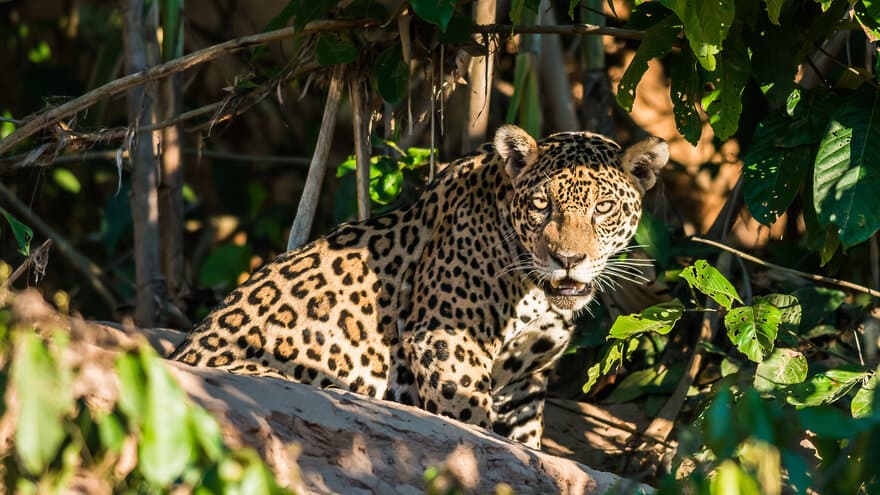A new NMBU-led project will use millions of wildlife photos and powerful statistical tools to answer one of conservation science’s most fundamental questions: why do species go extinct?
Conservationists face a challenge: more than a quarter of the world's mammal species are threatened with extinction. In an ideal world, we would know which species are vulnerable to what threats and how we can most effectively reduce species losses. The challenge is that many species are rare and unstudied, and we lack a clear understanding of what determines their vulnerability.
A new project coordinated by NMBU seeks to remedy this by making use of a unique opportunity and cutting-edge analyses and theory.
Millions of photos
This opportunity exists in the form of over 3.4 million photographs recorded by automatic cameras, so-called 'camera traps'. These images were recorded in forests across the tropics and are the result of an immense systematic multi-year effort.
What characterizes vulnerability?
The resulting data - comprising 244 mammal species, most of which are elusive and poorly known -along with cutting-edge analyses and theory, will clarify what makes species vulnerable.
“Our main goal is to substantial improve humanity’s understanding and prediction of species vulnerability to extinction,” project leader and professor Douglas Sheil says.
Massive systematization
Using novel analytical approaches, his team will explore the pattern of local species extinctions and re-colonizations, as well as where and when animals are active.
“We will systematically characterize animal presence and activity patterns across forests and continents in a way that has never been previously achieved,” he comments.
Easier second time around?
How the species respond to local conditions and threats will be examined and the best means to predict these outcomes determined. One key proposal--the extinction filter hypothesis--is that history will help.
“Simply put, the idea is that species are more resilient to threats and conditions if they have survived similar threats and conditions in the past,” Sheil explains.
The researchers will test this hypothesis, along with other ideas, to develop better guidelines for predicting which species are vulnerable to which threats under which circumstances.
The project draws on not only a vast network of data but also of expertise.
“We aim for ground-breaking improvement in understanding and predicting species vulnerabilities, advancing both scientific knowledge and conservation practice,” he concludes.
